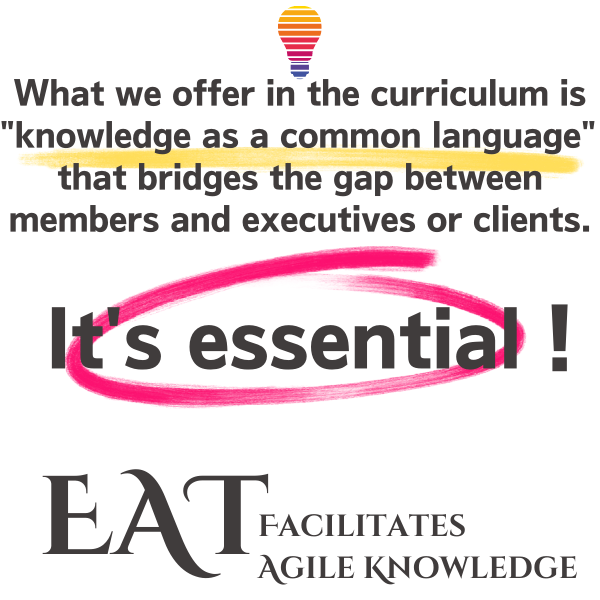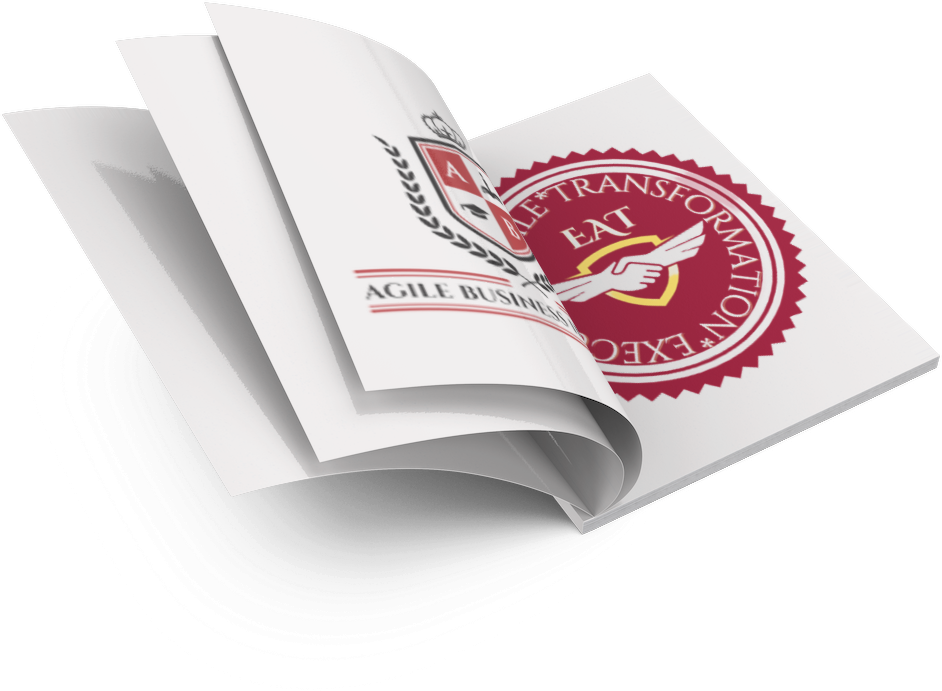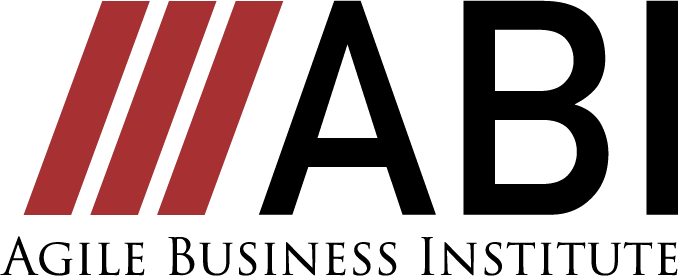




Agile is increasingly being adopted for products where efficient and speedy development is required.
The following three are the most significant benefits of Agile implementation.
(1) Speedy progress from product design to release
(2) Flexibility to respond to customer and user requests and feature changes
(3) Unexpected course corrections and changes in direction during the project can be handled with minimal risk.
While the benefits of Agile are gaining recognition, why are so many companies still using waterfall development in reality?
The reason became clear to us through real-life consultations with Scrum Master students who are active in the field as engineers.
The reason is that there is no correct knowledge of Agile within the organization.

When a Scrum Master or a member on site proposes to you, “Let’s implement Agile.” What would your criteria be and what kind of decision would you make?
If you are in a position of responsibility in the organization, it would be even more difficult to make a decision.
- Is agile development really right for your product?
- In what aspects would the project be managed efficiently?
- What is the difference between Agile and existing development?
To understand the advantages and disadvantages of Agile development and to make the right decision, it is necessary to have a correct interpretation and knowledge of Agile development.
If you can make knowledge of Agile in your organization, it will lead to an increase in organizational strength.
The class that meets such needs is
EAT (Executive Agile Transformation).

Here is a summary of their feedback.

- They realize that there is a limit to Agile implementation by members alone, and that they need support from upper management, especially in organization and budget.
- Even if we propose Agile implementation, there are not enough people who can understand it. We need to understand the demand for Agile as an organization.
- We need to correct the customers’ understanding that Agile is good, fast, and inexpensive.
- Customers’ mentality of how to work with Agile is not acceptable in today’s world.
- I hope they will take training directly from an Agile coach to have the correct understanding.
- I want the upper management to know the correct Agile from Joe’s class that I have learned.
“We need to deepen the understanding of those who are on the receiving end of the opinions and suggestions of the members on the front lines!”
“If we can create a common interpretation, or “knowledge” between members and executives, and between member engineers and customers, our organization and development sites will be better changed.”
EAT (Executive Agile Transformation) is a new concept that is being developed by
This class was born from the real needs of those involved in the field of development.
We are convinced that the class will contribute greatly to the improvement of corporate organizational capabilities.
EAT is a direct lecture by Joe JusticeInstructor
It is an executive curriculum that has been distilled down to the essentials from the two-day training we provide for Scrum Master certification to provide a comprehensive understanding of Agile, and summarized in 3 hours.
The instructor will be Joe Justice, an Agile trainer with a proven track record as an Agile trainer at Tesla, SpaceX, and other companies around the world.
Joe has also trained companies in Japan including Toyota Motor Corporation, Rakuten Group, Toshiba Group, NTT Group, and Mercari.
Please give us 3 hours of your time to share Joe Justice’s proven experience.
We will discuss how Agile development fits in with your company’s product, how efficient it is, and how it can be applied to your company’s business.
You will also be able to develop a more constructive relationship with the members who are members of your team.

In the areas where agile development is more advanced, a common understanding of agile has been established within organizations.
It is clear from the global examples that across organizations, if there is a common understanding of Agile between the members on site, including Scrum Masters, and the executives who are the upper management of the company, or customers (clients), more progressive reforms can be achieved.
However, in areas where Agile is being introduced, there are courses for Scrum Masters, but almost no courses for executives who are the supervisors of Scrum Masters or for clients.
In response to feedback from the field, we have completed the EAT curriculum.
What we offer in the curriculum is “knowledge as a common language” that bridges the gap between members and executives or clients.
Because our classes were born from real requests, we are able to
? Expect to see changes and improvements in companies and development sites, as well as organizational capabilities
・Expect improved relationships with members and increased motivation.
・And expect immediate results!

EAT Fees and Curriculum
Fees
1,350 US Dollars (tax included) (All major global currencies accepted) (DogeCoin welcome)
List of Curriculum
- Why Agile
How to survive in today’s uncertain and complex world - Principles of Agile
How Agile improves organizational performance - Driving Agile Transformation
As a manager and leader of an agile organization, you have a responsibility to make agile change happen. - Promote Self-Organization
Fostering Team Growth and Increasing Innovation - Agile mindset and techniques
Improve team morale and effectiveness, reduce turnover
FAQs about taking EAT classes



